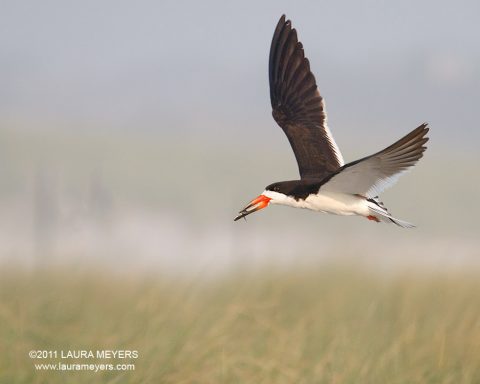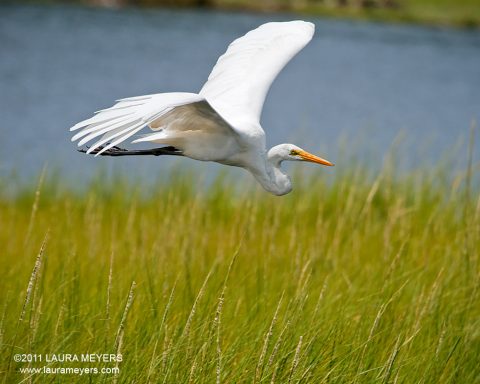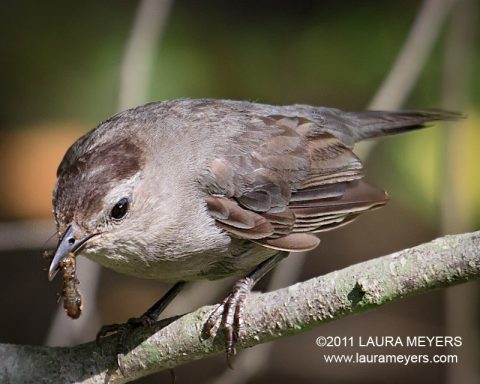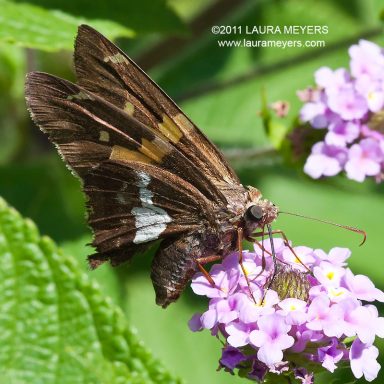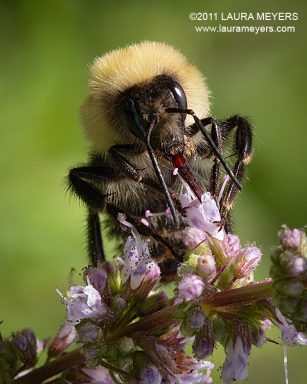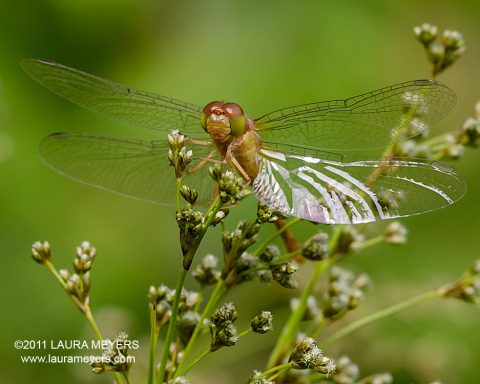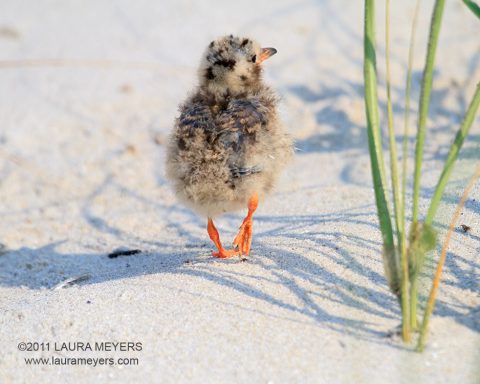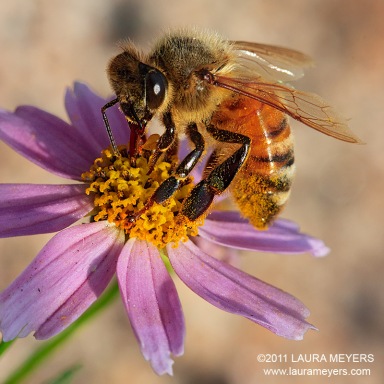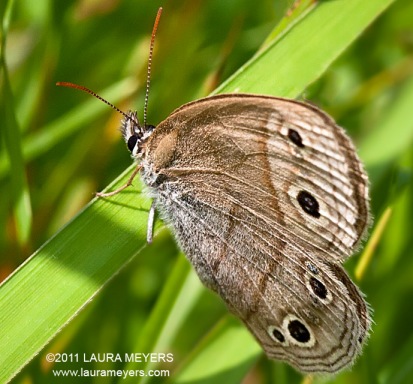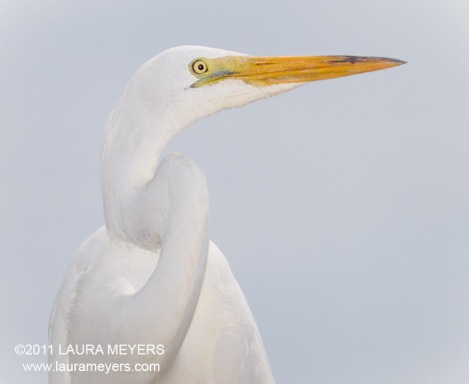The picture of this Black Skimmer in flight was taken at Nickerson Beach. The picture of this Black Skimmer in flight was taken with the CANON EOS 7D and the CANON 100-400 lens and the CANON 580EXII flash.
I took this pretty picture during a great workshop with David Speiser at Nickerson Beach through the New York City Audubon Society.
